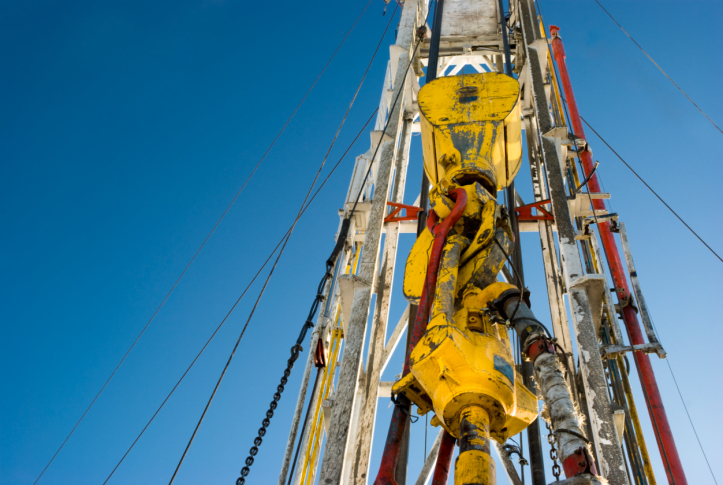Fargo, N.D., perhaps most associated with the Academy Award winning movie that many critics believed was the best of 1996, has become the jobs capital of the United States. The city’s unemployment rate is only 3.6%, according to newly released Bureau of Labor Statistics (BLS) data for all American metropolitan areas based on June measurements.
Fargo may not be large, with a population of 216,000 in its metropolitan statistical area (MSA). That population is homogeneous — heavily white. The reasons for Fargo’s success are not racially based, though. The success is because Fargo is at the center of the Bakken Shale formation, which makes it the fracking capital of the United States, along with its unemployment distinction.
It is fascinating to look back at other American boom cities. High-tech center San Jose had just over 200,000 residents in 1960. Its growth rate then was in the triple digits. Today, it his home to nearly a million people, many of whom hold well-paying jobs in a tech industry that barely existed until 50 years ago. Several adjacent cities have enjoyed rapid growth for similar reasons.
A much larger city, San Antonio, now ranks as the seventh largest metro area in America, with 2.2 million people within its MSA. A half century ago, that number was closer to 600,000. The tech and health care sectors accounted for a great deal of the expansion. The same can be said about Austin, just to its north, another of the region’s largest metros.
Many people would have considered the growth rates of the Texas and California cities absurd forecasts, if they were made several decades ago. A nearly perfect set of economic circumstances entirely changed their prospects. However, as growth in tech has slowed, so have the rate of population increases in the cities. The booms that helped them expand are largely over.
Economist and employment experts have said that shale will create nearly one million jobs by the middle of the decade. Consulting firm PwC said shale will add a million manufacturing jobs by 2025. Those figures do not entirely take into account the ripple effect that will spread into supporting businesses.
Of course, not all effects of the boom are positive. National Geographic put out a photo essay on “The New Oil Landscape” of North Dakota earlier this year. Among pictures of fields and homes were others of people working on drills. One had the caption “The hard, dangerous work on oil rigs pays up to $120,000 a year.” Another photo showed a long-time resident, who was quoted as saying “The serenity is being destroyed.” At least virtually every one of her fellow residents of North Dakota has a job, some of which pay very well.
Will Fargo have a million residents 20 or 30 years from now? Maybe not. The weather is cold there. But the weather has been hot in San Antonio for centuries, and there was a point at which the city could barely contain all the new residents who pressed into the area for jobs.
Take Charge of Your Retirement In Just A Few Minutes (Sponsor)
Retirement planning doesn’t have to feel overwhelming. The key is finding expert guidance—and SmartAsset’s simple quiz makes it easier than ever for you to connect with a vetted financial advisor.
Here’s how it works:
- Answer a Few Simple Questions. Tell us a bit about your goals and preferences—it only takes a few minutes!
- Get Matched with Vetted Advisors Our smart tool matches you with up to three pre-screened, vetted advisors who serve your area and are held to a fiduciary standard to act in your best interests. Click here to begin
- Choose Your Fit Review their profiles, schedule an introductory call (or meet in person), and select the advisor who feel is right for you.
Why wait? Start building the retirement you’ve always dreamed of. Click here to get started today!
Thank you for reading! Have some feedback for us?
Contact the 24/7 Wall St. editorial team.




